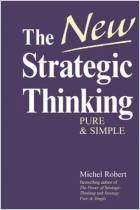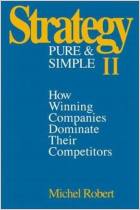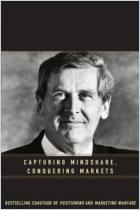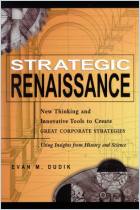
The Mind of the Strategist
The Art of Japanese Business
Recommendation
This book, first published in Japan in 1975, is a somewhat dated classic, since the first edition appeared at the high water mark of Japanese competitiveness. Japan's economic doldrums since 1990 probably ensure that few business people will emulate it now. In a way, the fact that the bloom is off Japan's chrysanthemum makes this book more useful and relevant than it was a quarter-century ago. Now that people aren't starry-eyed about Japan, it's possible to sort through the recommendations, take them with a grain of salt and find their deeper usefulness. The author is a famous McKinsey consultant, so the book is packed with charts and jargon. Ignore the jargon, the obsolete observations about how U.S. companies organize themselves and the anachronisms about Soviet-style central planning, now a relic. Focus instead on the examples and asides. getAbstract also notes that this is a must-read for anyone working in Japan or competing against Japanese companies, if only because so many Japanese managers give it to their new hires as part of their training programs.
Summary
About the Author
Kenichi Ohmae, a director at McKinsey & Company and co-leader of its strategy practice, has written several best-selling books on strategy and several scientific papers on nuclear engineering.


















Comment on this summary